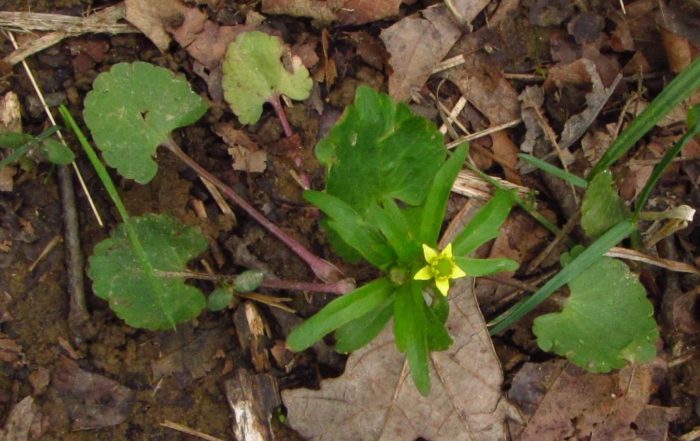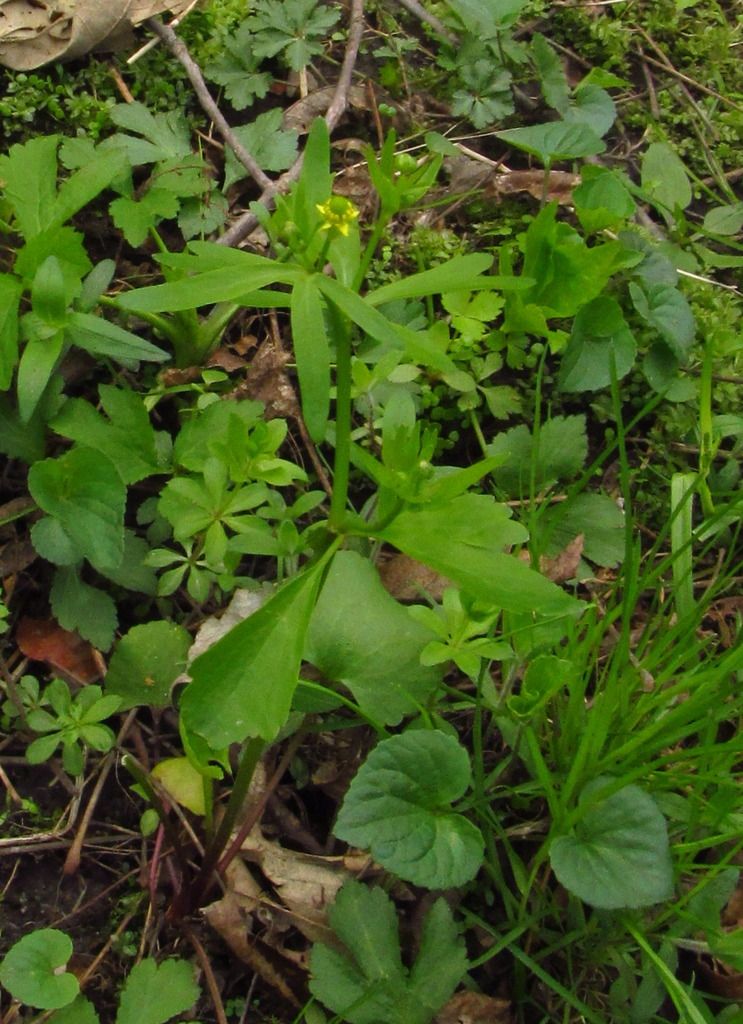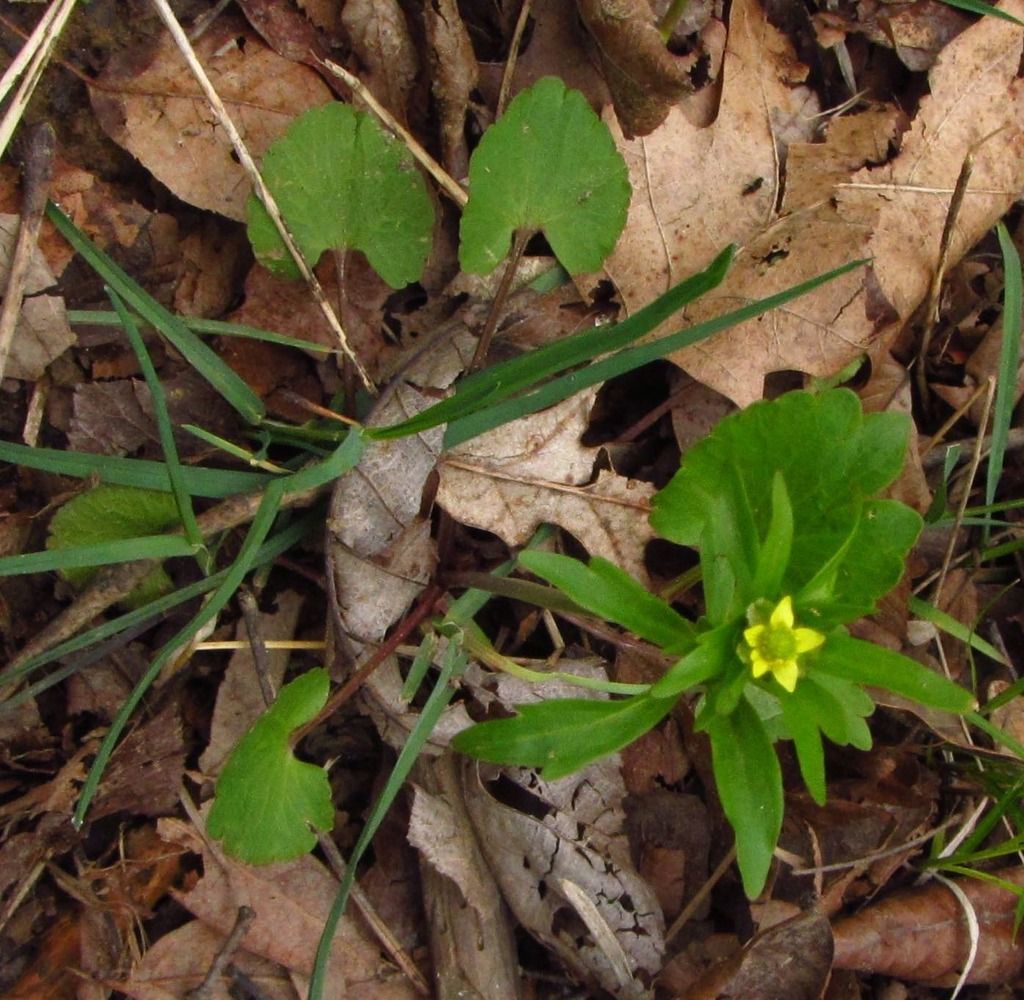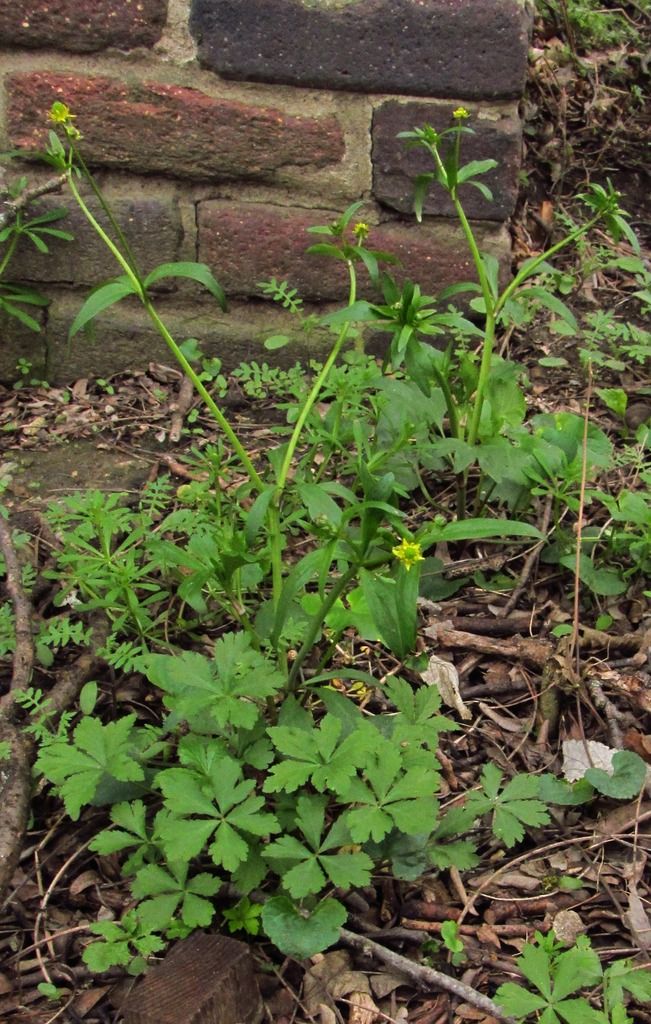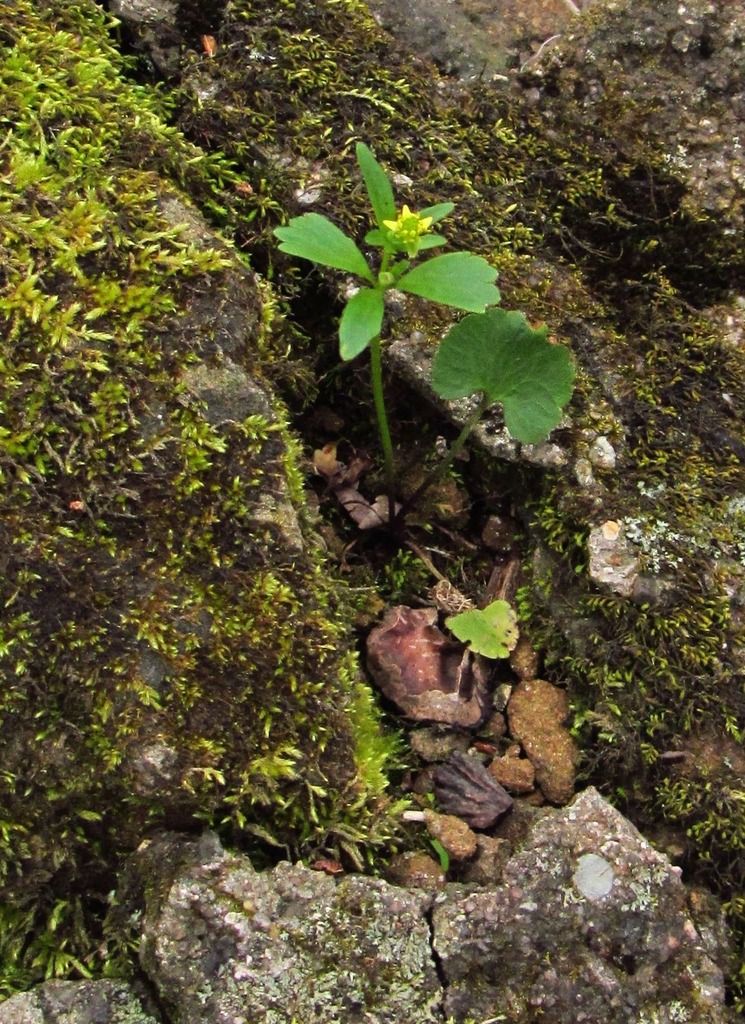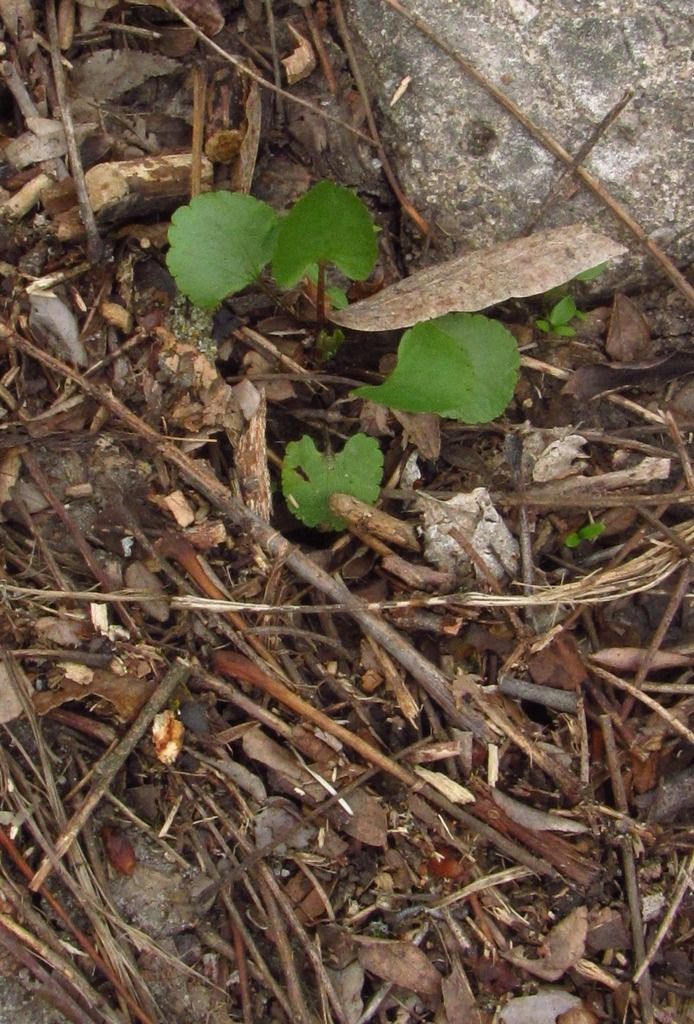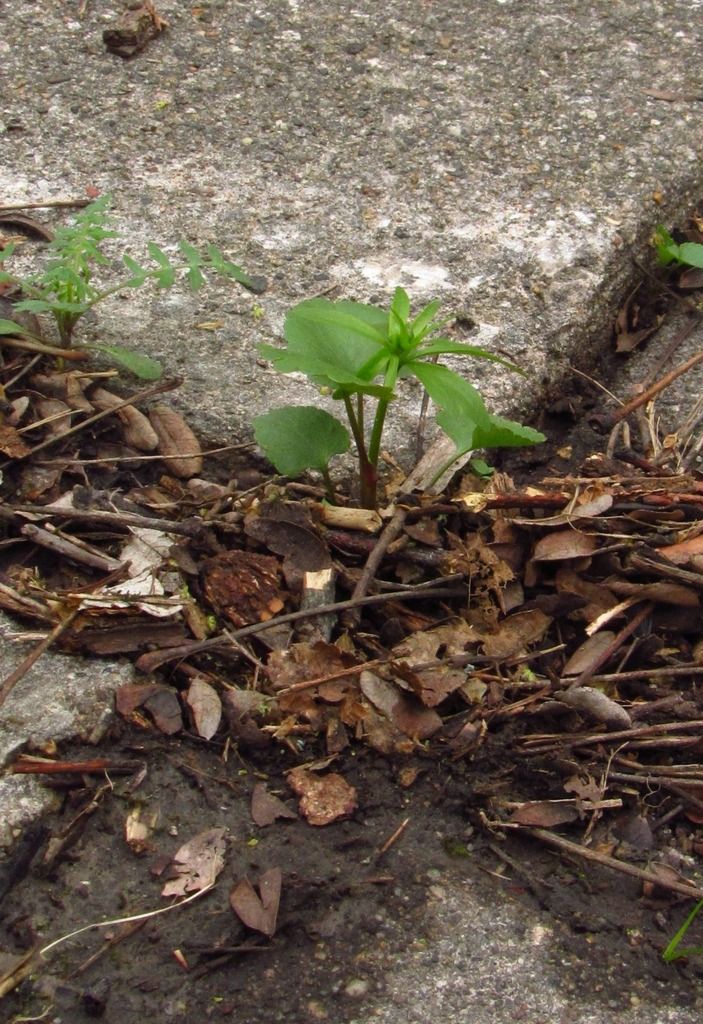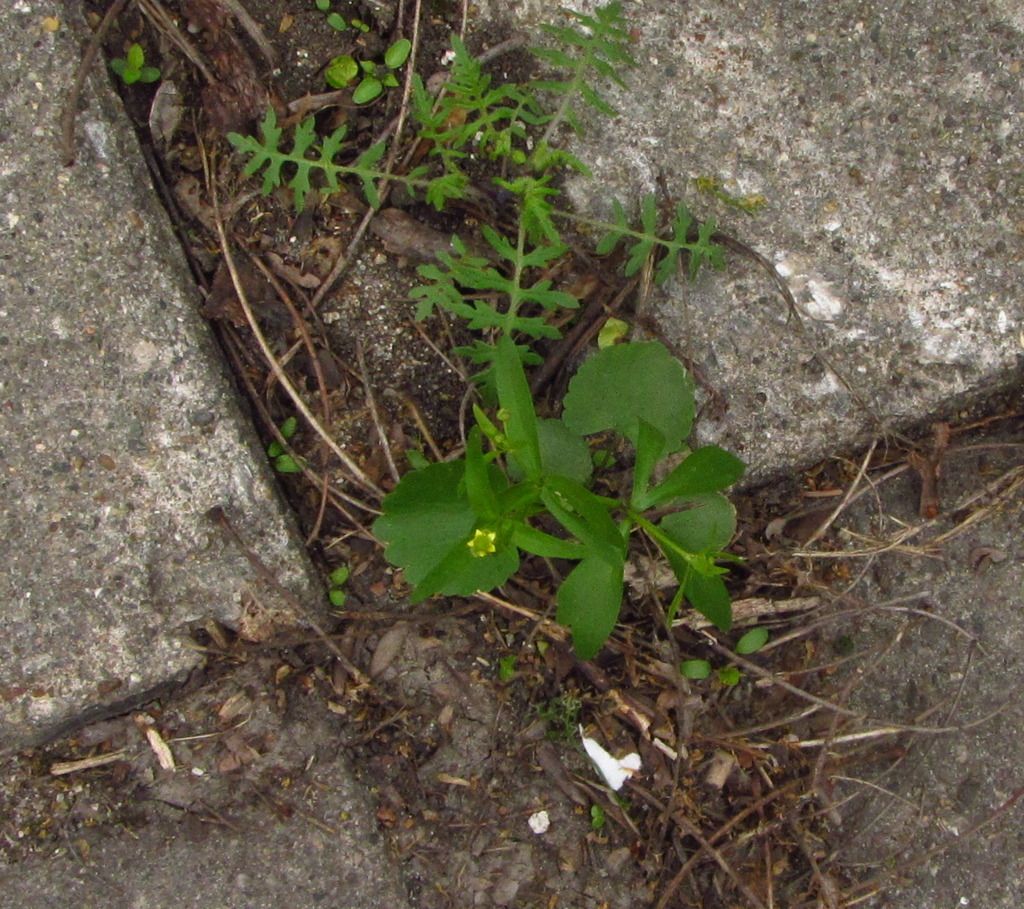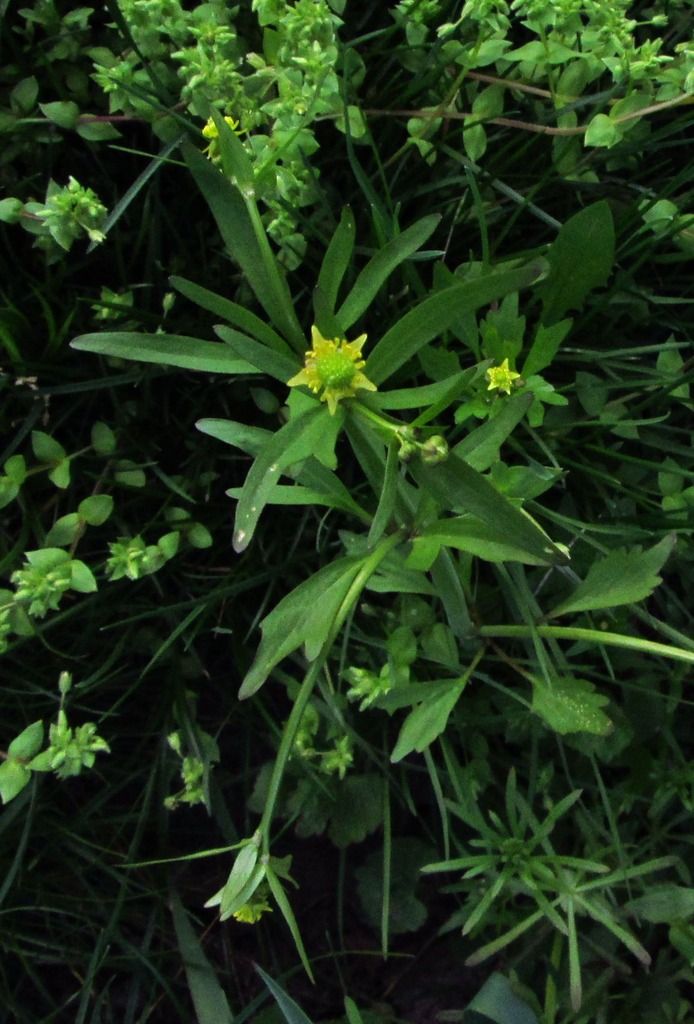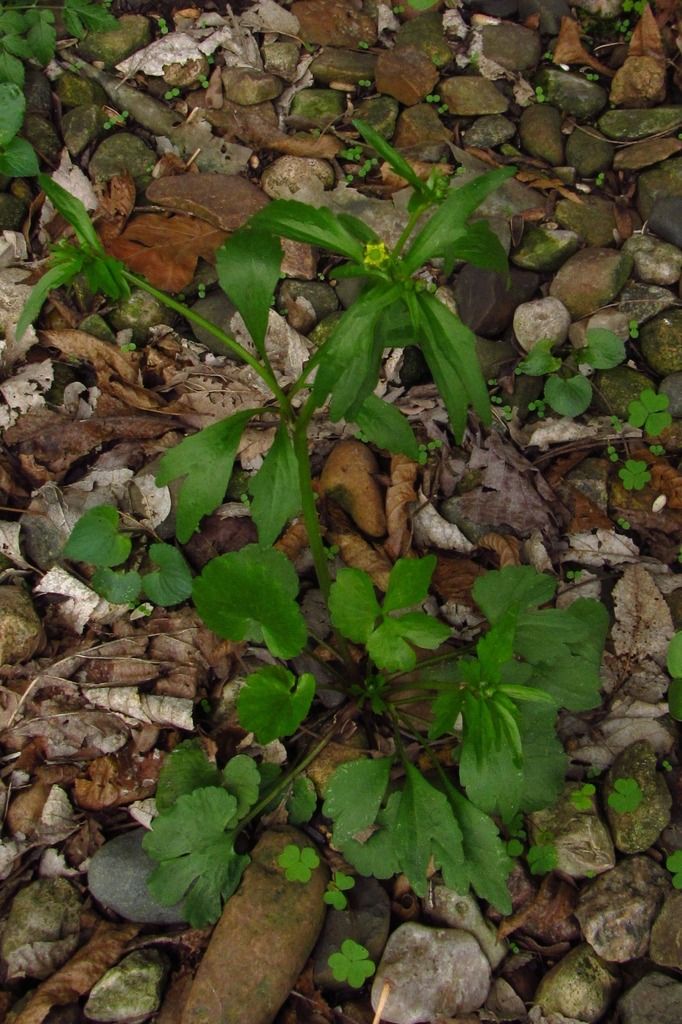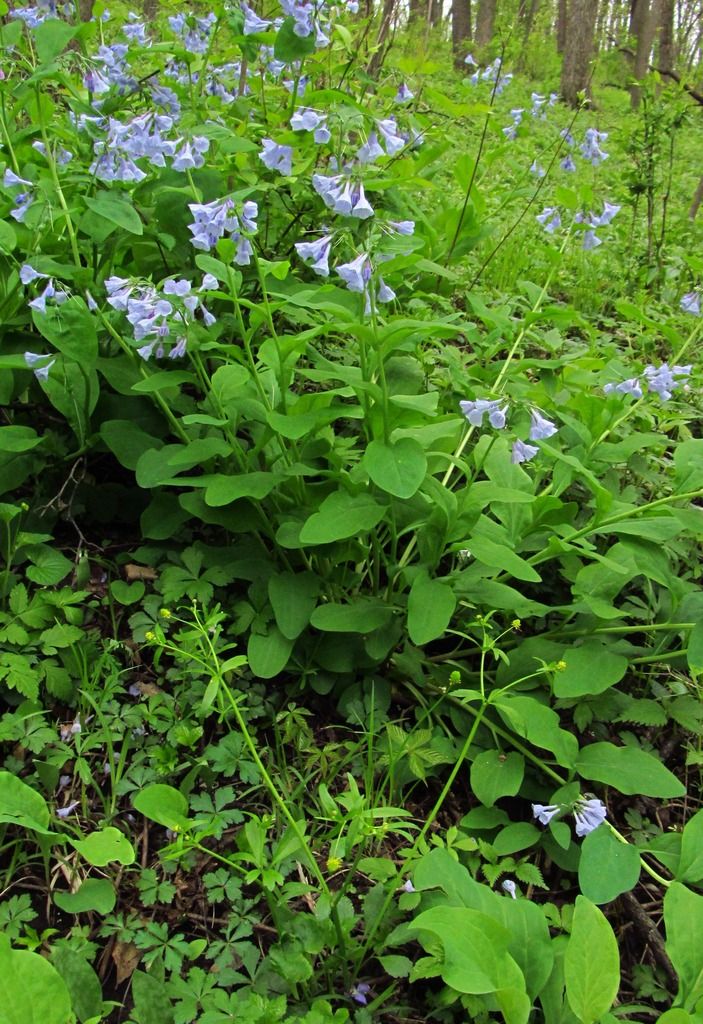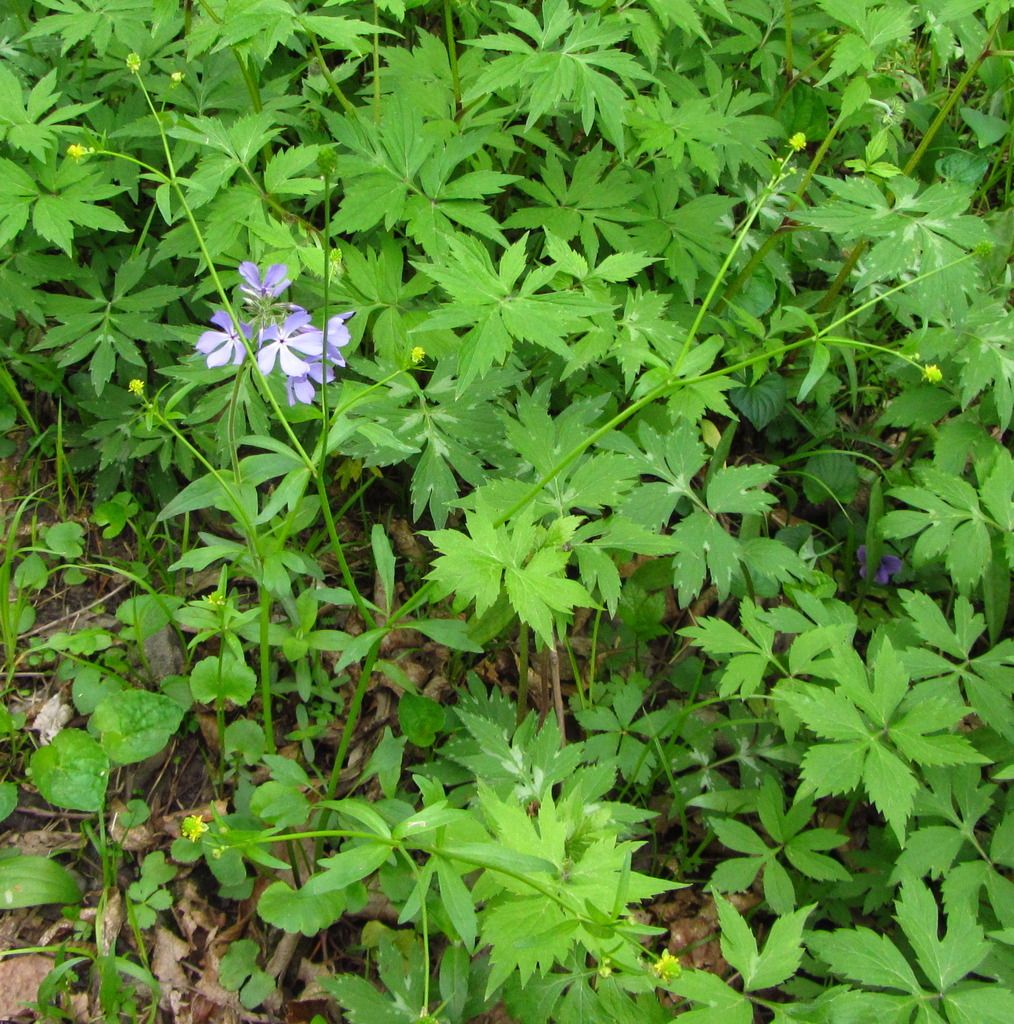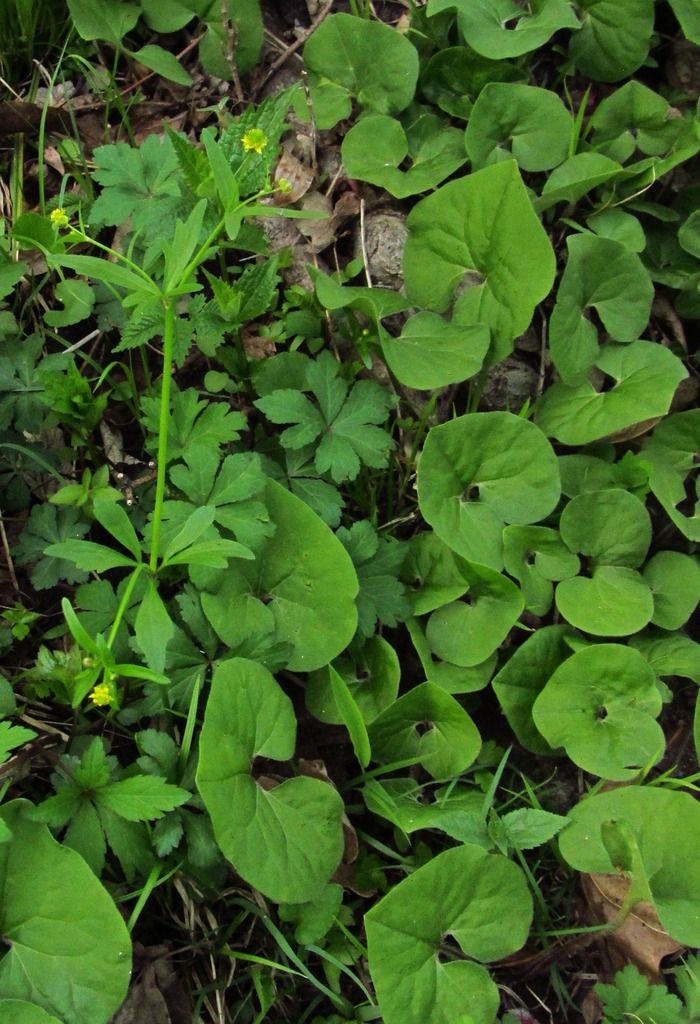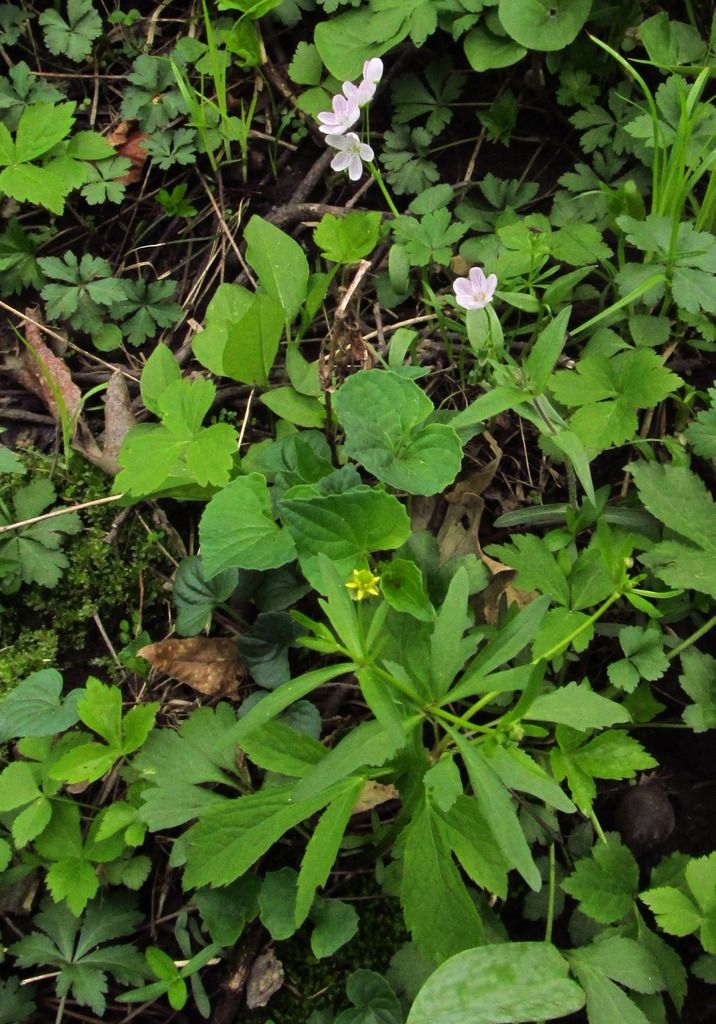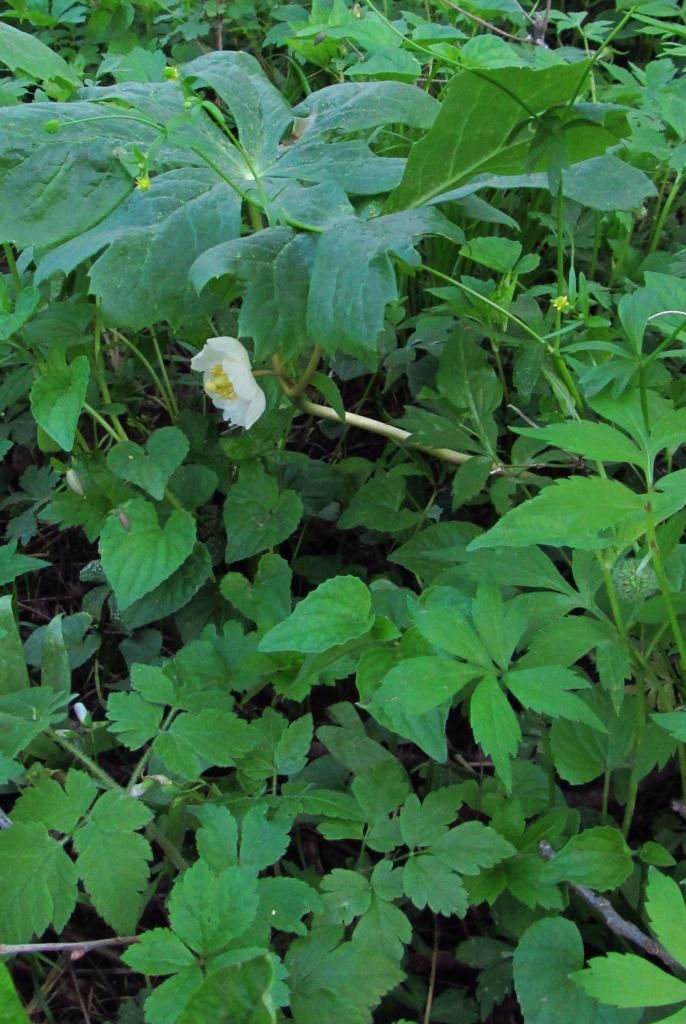Longtime followers of this series know I have a soft spot for wildflowers that might not be particularly “showy” but are tough as nails, thriving in some inhospitable habitats.
Littleleaf buttercup (Ranunculus abortivus) falls into that category. Native to almost all of the U.S. and Canada, this “somewhat weedy” plant can grow in “open woodlands, woodland borders, areas along woodland paths, degraded meadows, banks of rivers and ditches, pastures and abandoned fields, edges of yards, vacant lots, grassy areas along railroads and roads, and waste areas.”
Also known as littleleaf crowfoot, small-flowered buttercup, or kidney-leaf buttercup, these plants are easily overlooked among more striking spring bloomers. The flowers are small, and the foliage often blends in with surrounding plants.
Except where otherwise noted, I took all of the enclosed pictures near our home in Windsor Heights.
For botanically accurate descriptions of littleleaf buttercup foliage, flowers, and seeds, visit the Illinois Wildflowers, Minnesota Wildflowers, or Friends of the Wild Flower Garden websites.
These plants can be relatively small.
Or they can reach a height of almost two feet, with branching stems.
Littleleaf buttercups can gain a foothold almost anywhere. This tiny one was growing out of a crack between rocks at Dolliver Memorial State Park in Webster County.
The kidney-shaped leaves near the bottom of the plant emerge first. This plant is growing by the edge of our driveway.
A little later, the stem emerges, with different-shaped leaves.
Finally, the small flower.
The Friends of the Wild Flower Garden and U.S. Wildflowers sites provide gorgeous close-up views of these plants. This shot was the best I could manage.
When I said littleleaf buttercups were tough, I meant they can grow out of a rock pile in a shady area under a deck.
You might not notice the littleleaf buttercups near common blue violets and dandelions.
Virginia bluebells stealing the show.
Sweet William (also known as blue phlox) is much more eye-catching.
A small colony of littleleaf buttercups near more sweet William and dandelions.
The smooth, heart-shaped leaves on the right are wild ginger.
The pink flowers near the top are spring beauty.
Sweet Cicely is about to bloom near this littleleaf buttercup.
This picture is five years old, but I haven’t been able to get a better shot recently of a May apple (umbrella plant) overshadowing a littleleaf buttercup. On the left, some spring beauties have closed up for the evening, and on the far right, you can see Virginia waterleaf buds that will open soon.

